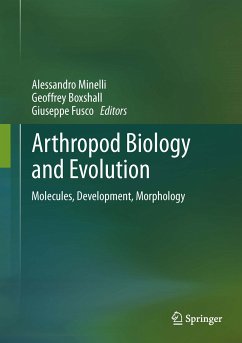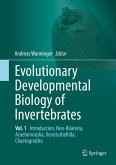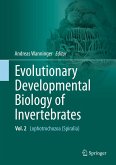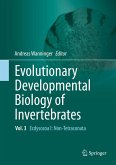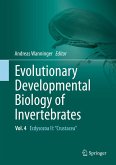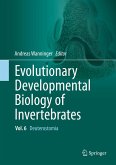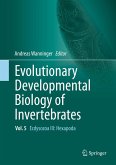As ever in the history of science, this wave of advances is driven by the rapid development of new methods and techniques. New methods of extracting and studying fossils have vastly improved understanding of Palaeozoic arthropods. New non-invasive, non-destructive techniques, such as micro-computed tomography, have revolutionised anatomical analysis and imaging. Arthropod comparative genomics is still in its infancy but high-throughput sequencing together with next-generation sequencing has facilitated spectacular growth in volumes of sequence data, which in turn has driven advances in bioinformatics. These novel methods have generated a wealth of data which has been critically reviewed by the chapter authors, to provide a new perspective on arthropod biology and evolution.
The concise factual summaries and the questions articulated in this book will be of interest to evolutionary biologists, palaeontologists, developmental geneticists and invertebrate zoologists. It will be of special interest toadvanced graduate and post-graduate students and have the potential to stimulate younger researchers to address questions in arthropod biology from the vantage point of a phylum-wide comparative perspective.
Dieser Download kann aus rechtlichen Gründen nur mit Rechnungsadresse in A, B, BG, CY, CZ, D, DK, EW, E, FIN, F, GR, HR, H, IRL, I, LT, L, LR, M, NL, PL, P, R, S, SLO, SK ausgeliefert werden.
"This volume, edited by Minelli et al., is a timely, invaluable, and extensive overview of advances. ... This volume is a significant achievement and provides an outstanding starting point for students interested in any aspect of arthropod evolution, as well as a rich resource in which researchers specializing in particular taxa can situate their work in a broader evolutionary and functional context." (John True, The Quarterly Review of Biology, Vol. 89 (3), September, 2014)
"The ambitious volume of Minelli and co-editors represents a comprehensive, stimulating and timely review of what is currently known about arthropods. Individual chapters reveal gaps in our knowledge and highlight possible directions for further research. ... Minelli et al.'s book should not be neglected by zoologists, and I recommend it to all students, teachers and researchers interested in arthropods." (Georg Mayer, Journal of Zoological Systematics and Evolutionary Research, Vol. 52 (1), 2014)
"The contents are organized into 18 chapters devoted to morphology, paleontology, phylogeny and developmental biology, and to aspects of physiology and molecular biology. ... The layout is aesthetically pleasing; drawings and illustrations ... as well as the colour images are of high quality throughout. ... it can be highly recommended to anyone interested in any group of arthropods and/or in any aspect of biology." (Hannelore Hoch, Deutsche Entomologische Zeitschrift, Vol. 60 (2), 2014)

